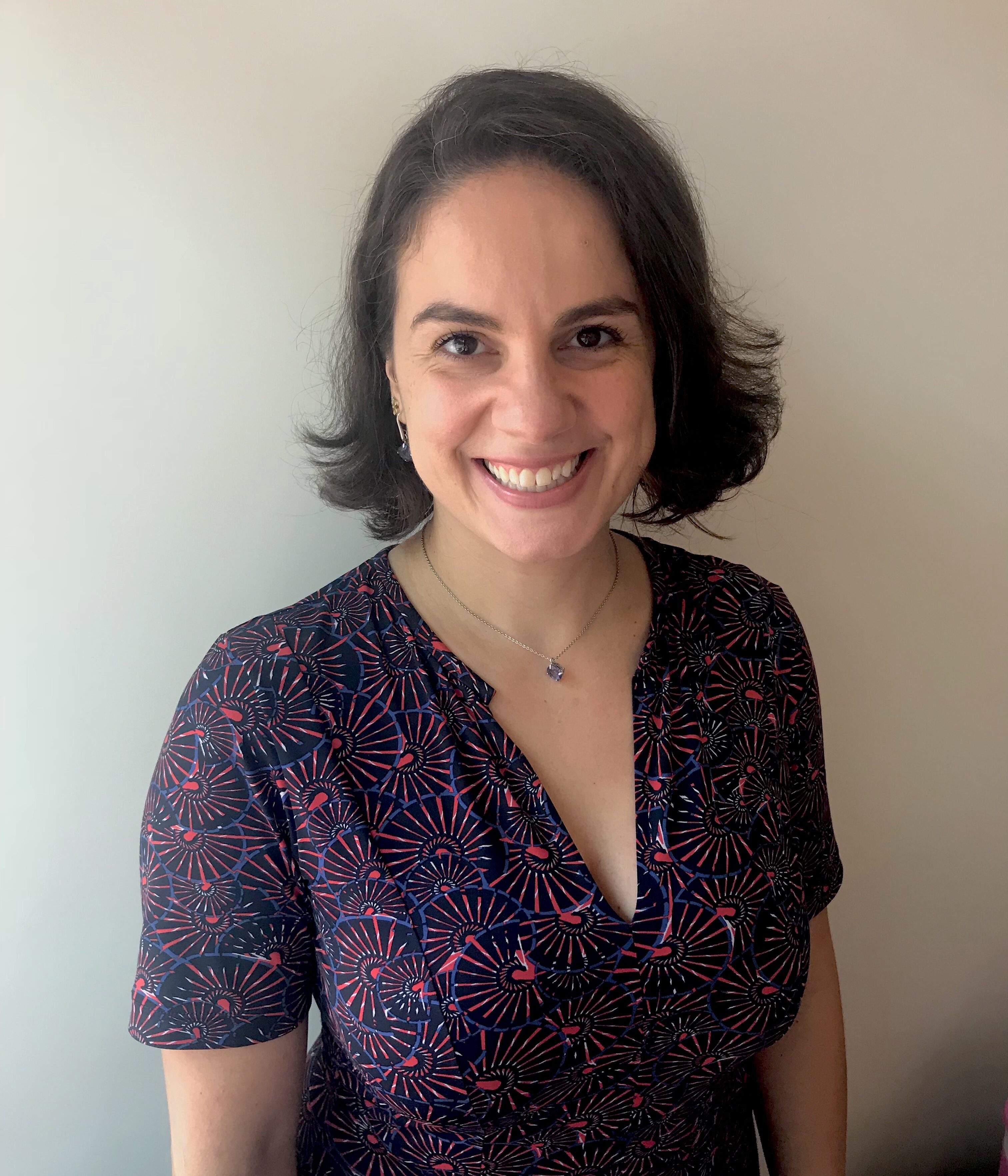Asking the right questions: what Inquiry-Based Learning can do for Bilingual Education
We need to be different to succeed – or to keep being successful after some time. That’s a rather upsetting idea, but it seems to be the norm when it comes to the ever-crescent and competitive market of bilingual schools. So what does ‘being different’ imply? Sometimes, it is about being bold when it comes to how two languages are taught or used in the classroom, but more often than not it is about how education is understood at a deeper level, one that is more concerned with students’ engagement, protagonism, meaningful learning and reflection than how much time they spend speaking or listening to one language or another.
Meaningful learning is a hard thing to assess, and reflection can be an even harder task. So, what I suggest on this blog post is that we delve into Inquiry-Based Learning as a way to make some difference – in the market and in our bilingual students’ learning processes.
Inquiry, as a concept, is the act of seeking for truth, information or knowledge. However broad and a little overwhelming (maybe because of all the ‘truth’ and ‘knowledge’ it involves…), inquiry should be seen as a step forward and away from passiveness: the lesson or a group of lessons is guided and monitored by the teacher, but its essence is developed by the students and their search for answers. In a world of active learning (metodologias ativas), it may lead you to think that it is just one of the many active ways to make your class less teacher-centered and more student-led, I know. But Inquiry-Based Learning follows a set of steps that may draw the attention of bilingual teachers and instructors as it sheds a new light to their ever-present and mandatory classroom projects.
Inquiry-Based Learning can be applied in four steps: interaction, clarification, questioning, and design. Let’s understand what they are and how they work.
The first step, Interaction, involves finding a topic or theme that seems to indicate an opportunity for inquiry. In class, it is possible to establish some guidelines or common topics, or it is possible to leave it wide open to see what students could come up with. My suggestion is that you start setting the topic based on students’ interests, school syllabus or the like, and move to something less defined as everyone gets the hang of it.
The second step, Clarification, is part of a research phase as well: students need to look for theoretical support from teachers or other professionals, summarize information, categorize data etc. This is a step that requires more guidance and monitoring with some groups, especially helping them make connections among theories, subject contents, collected data, and the problem that was decided to be looked into in the first step.
Next comes Questioning, a phase when students are expected to reflect upon everything they have studied, collected and discussed so far. From experience, that is the phase that even adults who are taking their post-graduate degrees need more help, as it requires them to literally question what they have in their hands.
The last step is Design, and we have to be careful not to skip Questioning and move straight to it. Doing so would be the same as keeping old school methods and ways of seeing how knowledge is demonstrated to others. Design in Inquiry-Based Learning implies not only presenting the theme/topic that is being studied and how theories and professionals can help understand it better, but it also includes the creation of solutions, applications, and future steps.
There are simple ways to make Inquiry-Based Learning part of your lesson. First, it is good to consider the use of technology. There are great apps that can be used in each one of the four steps and which would do great wonders in organizing information and creating a collaborative environment in your class.
Some examples are:
For Interaction: Flipboard and Pocket, apps that generate reading lists from the Internet. They can help you pre-select relevant and age-appropriate sources of research.
For Clarification and Questioning: Mindmeister, Evernote and MindMup, apps and site to create mindmaps and make thinking visible, organize information, and connect data and theory.
For Design: Foldify, to create 3D figures on a tablet; Canvas, to create (digital) posters; and Educreations, to create video lessons and presentations.
The second tip on how to make Inquiry-Based Learning a reality in your class is to ask the right questions. Easy? Difficult? Well, it can be tricky. Some years ago, I came across a wonderful and very simple list of questions online. I have been using it since and making small adjustments depending on the age group, theme or group interaction. It is based on Cornelia Brunner’s Inquiry Process Chart, a researcher from the Center for Children & Technology at the Bank Street College in New York City, and it splits the first step into two phases. Let me share it with you.
Inquiry Process (based on C. Brunner’s Inquiry Process Chart):
1 Pose Real Questions
What do I want to know about this topic?
What do I know about my question?
How do I know it?
What do I need to know?
What could an answer be?
2 Find Resources
What kinds of resources might help?
Where do I find them?
How do I know if the information is valid?
Who is responsible for the information?
What other information is there?
3 Experiment, explore
How can I simulate it (in a lab, with a model etc.)?
What results should I expect?
What assumptions can I make?
What did I find?
How can I evaluate my results?
4 Interpret information
How is this relevant to my question?
What parts support my answer?
How does it relate to what else I know?
What parts do not support my answer?
Does it raise new questions?
5 Report findings
What is my main point?
Who is my audience?
What else is important?
How does it connect?
How do I use media to express my message?
For me, these questions and their variations have been making a difference in my lessons in EFL and ESL contexts as they help promote reflection, action and the use of the target language. Also, Inquiry-Based Learning helps develop higher-order thinking skills and critical thinking in a way that is visible and measurable. So, create inquiry booklets with your students so that you can all note down the research you have carried out. Make it visible and memorable. One of them may become a scientist because of that kind of experience at school!
Overall, asking the right questions seems to make the whole process more real and less predictable than when we follow a textbook as students’ have to genuinely listen to them and try to find their answers on what they are engaged in researching. If you ever decide to give it a try, let me know how it went!
Bye!
References:
MACKENZIE, Trevor. Dive into Inquiry: amplify learning and empower student voice. Irvine: EdTechTeam, 2016.
McTIGHE, Jay; WIGGINS, Grant. Essential Questions: opening doors to student understanding. Alexandria: Association for Supervision & Curriculum Development, 2013.







